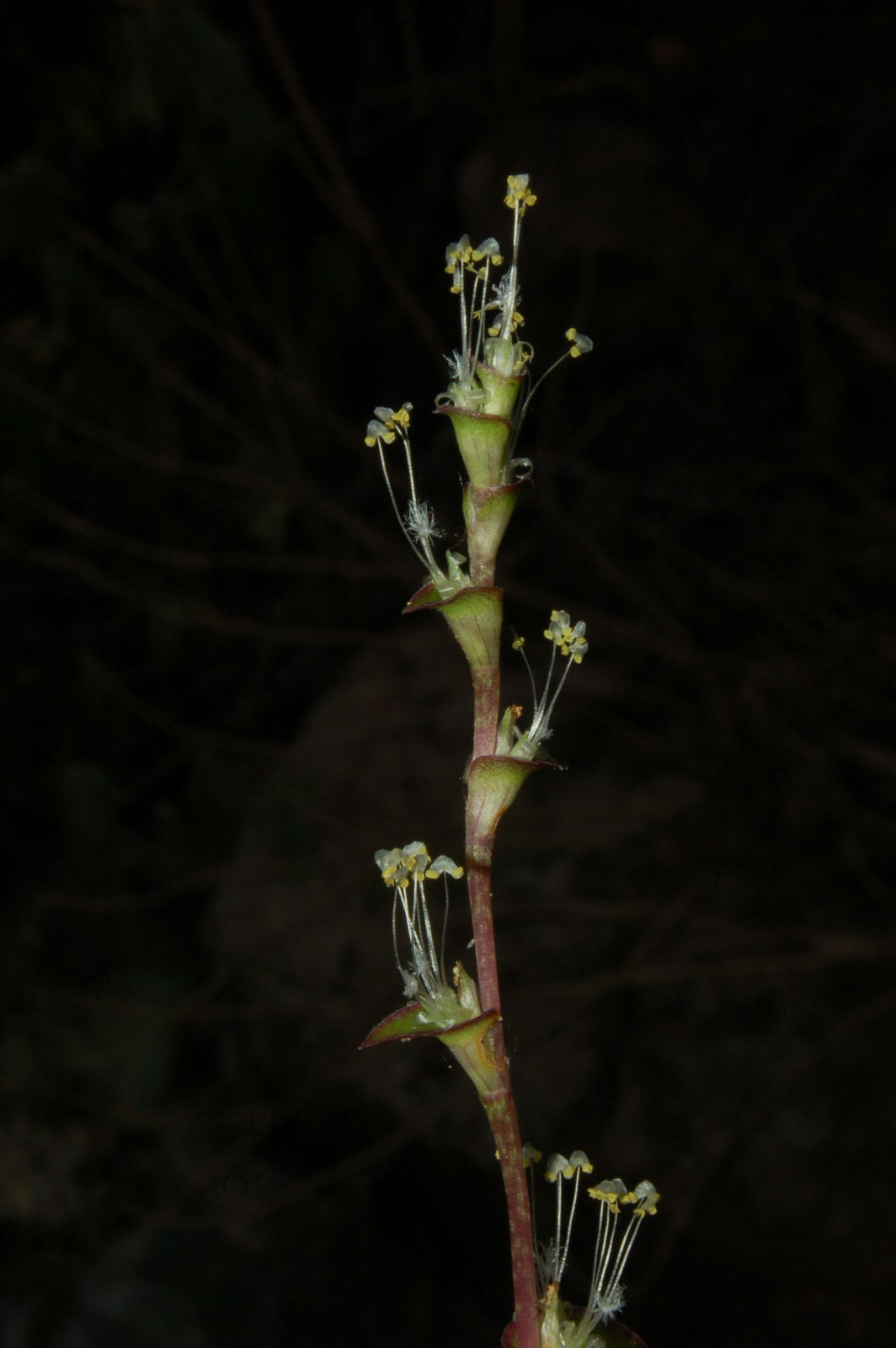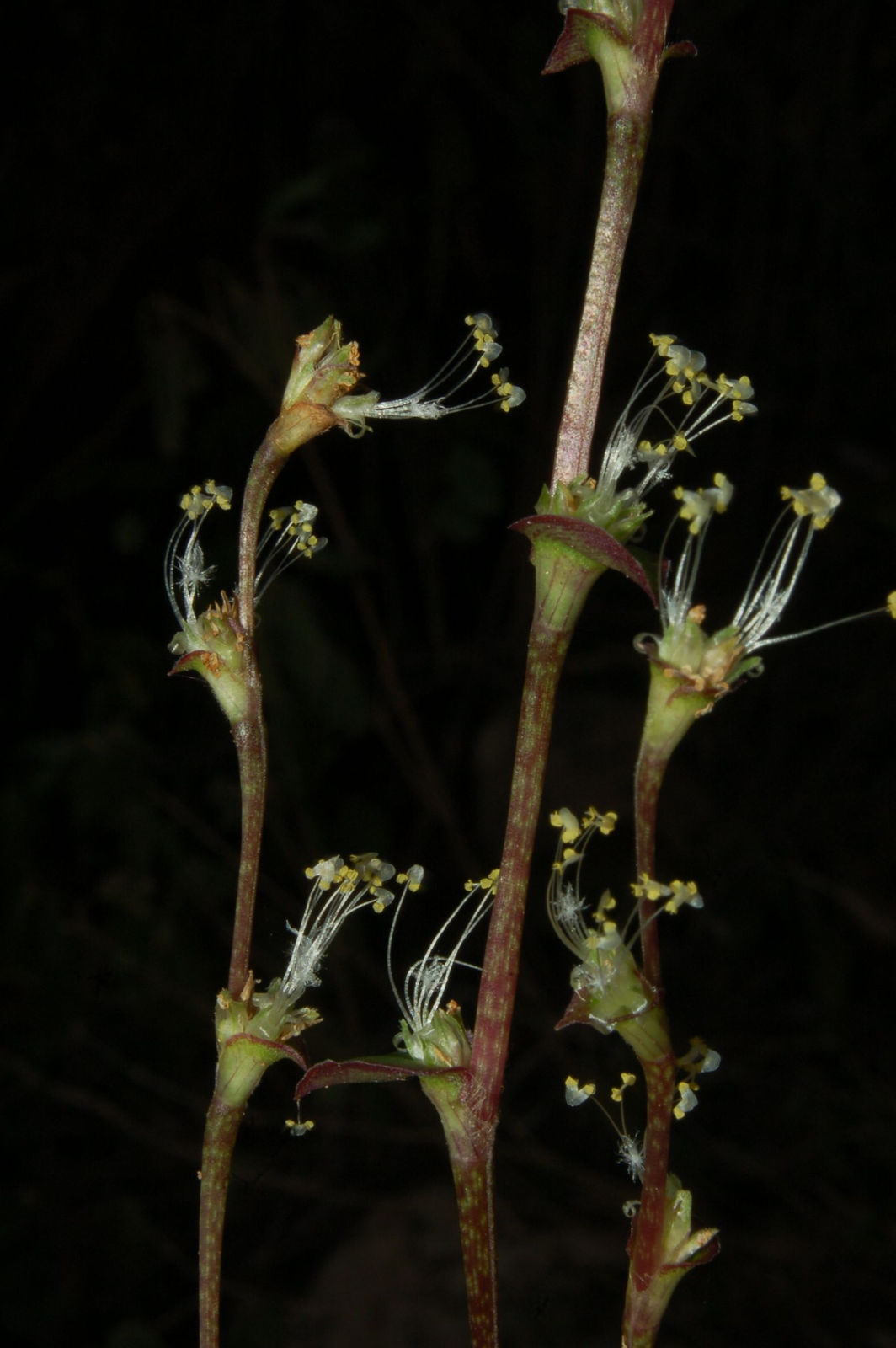Family: Commelinaceae
Author: (Jacq.) L.
Bibliography: Sp. Pl. ed. 2: 62 (1762)
Year: 1762
Status: accepted
Rank: species
Genus: Callisia
Vegetable: False
Observations: SE. Texas to Trop. America
Description
The Creeping Inchplant, scientifically known as Callisia repens, is a charming and versatile plant that belongs to the Commelinaceae family. First described in 1762 in the seminal work “Species Plantarum” (second edition), this delightful species continues to capture the interest of botanists and plant enthusiasts alike. The botanical authority for this plant is recognized as (Jacq.) L.
Native to the southeastern regions of Texas and extending through to tropical America, the Creeping Inchplant thrives in warm and humid environments. This adaptability makes it a popular choice for both garden landscapes and indoor plant collections. When cultivated as a ground cover, its dense, creeping habit efficiently fills in bare patches, providing a lush and vibrant carpet of greenery.
Characterized by its small, ovate leaves that can range in color from deep green to a striking purple hue, Callisia repens offers an aesthetic appeal that is both unique and versatile. The leaves’ delicate appearance contrasts with their resilience, and they are often highlighted by a glossy sheen that enhances their visual interest.
In addition to its ornamental qualities, the Creeping Inchplant is known for its relatively low maintenance needs. It prefers well-drained soil and partial to full shade, although it can tolerate brief periods of direct sunlight. Regular watering helps it maintain its lush foliage, though it is important to avoid waterlogging.
Moreover, this plant’s trailing stems can easily root wherever they make contact with the soil, making it an ideal candidate for propagation through cuttings. Gardeners often use it in hanging baskets, where its trailing habit can be fully appreciated as it cascades down the sides.
Overall, the Creeping Inchplant (Callisia repens) is a resilient and attractive species that offers both aesthetic and practical benefits for a wide array of growing environments. Whether used in outdoor gardens, hanging baskets, or as a container plant, its charm and ease of care make it a staple for plant lovers across its native regions and beyond.
Common Names
Eng: creeping inchplant, waterweed
Swe: sköldpaddstuva
En: Creeping inchplant, Bolivian jew, Turtle vine, Creeping-Inchplant, Waterweed, Creeping inch-plant
Zh: 翠玲瓏, 舖地錦竹草, 锦竹草
Fi: Kääpiöjuoru, Liisantyyny
Fr: Callisie rampante
Ka: Კალიზია
De: Kriechendes Schönpolster
Sv: Sköldpaddstuva
Zh-tw: 舖地錦竹草
Synonyms
- Tradescantia repens variegata (Jacob-Makoy)
- Tradescantia callisia (Sw.)
- Tradescantia repens goeskii (Jacob-Makoy)
- Callisia repens var. mandonii ((Hassk.) C.B.Clarke)
- Callisia hexandra var. salzmannii (Hassk.)
- Callisia hexandra var. mandonii (Hassk.)
- Callisia hexandra (DC. ex Hassk.)
- Hapalanthus repens (Jacq.)
- Callisia hexandra var. caracasana (Ernst)
- Tradescantia repens ((Jacq.) Vand.)
- Callisia repens var. ciliata (Roem. & Schult.)
Distribution
- Argentina Northeast (native)
- Argentina Northwest (native)
- Aruba (native)
- Belize (native)
- Bolivia (native)
- Brazil Northeast (native)
- Cayman Is. (native)
- Colombia (native)
- Costa Rica (native)
- Cuba (native)
- Dominican Republic (native)
- Ecuador (native)
- El Salvador (native)
- French Guiana (native)
- Guatemala (native)
- Haiti (native)
- Honduras (native)
- Jamaica (native)
- Leeward Is. (native)
- Mexico Central (native)
- Mexico Gulf (native)
- Mexico Northeast (native)
- Mexico Northwest (native)
- Mexico Southeast (native)
- Mexico Southwest (native)
- Netherlands Antilles (native)
- Nicaragua (native)
- Panamá (native)
- Paraguay (native)
- Peru (native)
- Puerto Rico (native)
- Texas (native)
- Trinidad-Tobago (native)
- Venezuela (native)
- Venezuelan Antilles (native)
- Windward Is. (native)
- Bangladesh (introduced)
- China Southeast (introduced)
- Florida (introduced)
- Louisiana (introduced)
Additional Images

© copyright of the Board of Trustees of the Royal Botanic Gardens, Kew.

© copyright of the Board of Trustees of the Royal Botanic Gardens, Kew.

© copyright of the Board of Trustees of the Royal Botanic Gardens, Kew.
Leaf
Taken Feb 8, 2020 by Aviles Natalia (cc-by-sa)
Taken Jan 5, 2021 by Arun Bharatiya (cc-by-sa)
Taken Dec 31, 2020 by Chávez Yesenia (cc-by-sa)
Taken Jan 25, 2020 by David Hocken (cc-by-sa)
Taken May 31, 2020 by nascimento tamilly (cc-by-sa)
Bark
Taken Jan 17, 2021 by Lucinha (cc-by-sa)
Taken Dec 11, 2020 by Sviatowski Carlos (cc-by-sa)
Taken Jan 17, 2021 by Lucinha (cc-by-sa)
Taken Aug 6, 2020 by Morais Mabilda (cc-by-sa)
Taken Nov 26, 2020 by majdi majdi (cc-by-sa)
Habit
Taken Nov 20, 2020 by Solíz Juan P. (cc-by-sa)
Taken Jan 13, 2021 by Daniel Torres (cc-by-sa)
Taken Oct 15, 2019 by Junaidi Jun (cc-by-sa)
Taken Jan 23, 2022 by KinHero Wu (cc-by-sa)
Taken Jan 1, 1900 by EOL − Bart Wursten (cc-by-nc)
Flower
Taken Oct 30, 2020 by isro hariadi (cc-by-sa)
Taken Jun 19, 2020 by Vinicius Saragiotto (cc-by-sa)
Taken Jun 16, 2019 by Vinicius Saragiotto (cc-by-sa)
Taken Nov 24, 2020 by MoonFeel LEONG (cc-by-sa)
Taken Feb 23, 2021 by TREJO GRACIA MARÍA FERNANDA (cc-by-sa)
Other
Taken Mar 13, 2021 by Machado Emillyn (cc-by-sa)
Taken Oct 15, 2021 by Fernanda Fernandes (cc-by-sa)
Taken Mar 29, 2022 by بیژن ملاقدیمی (cc-by-sa)
Taken Mar 29, 2022 by بیژن ملاقدیمی (cc-by-sa)
Fruit
Taken Jul 25, 2022 by Miriam Kubickova (cc-by-sa)
Taken Aug 27, 2022 by Miriam Kubickova (cc-by-sa)
Sources
- WFO (No URL)
- IPNI (No URL)
- GBIF (https://www.gbif.org/species/5303420)
- POWO (http://powo.science.kew.org/taxon/urn:lsid:ipni.org:names:171826-1)
- PlantNet (https://identify.plantnet.org/species/the-plant-list/Callisia repens (Jacq.) L.)
Specifications
Growth habit>: Forb/herb


























